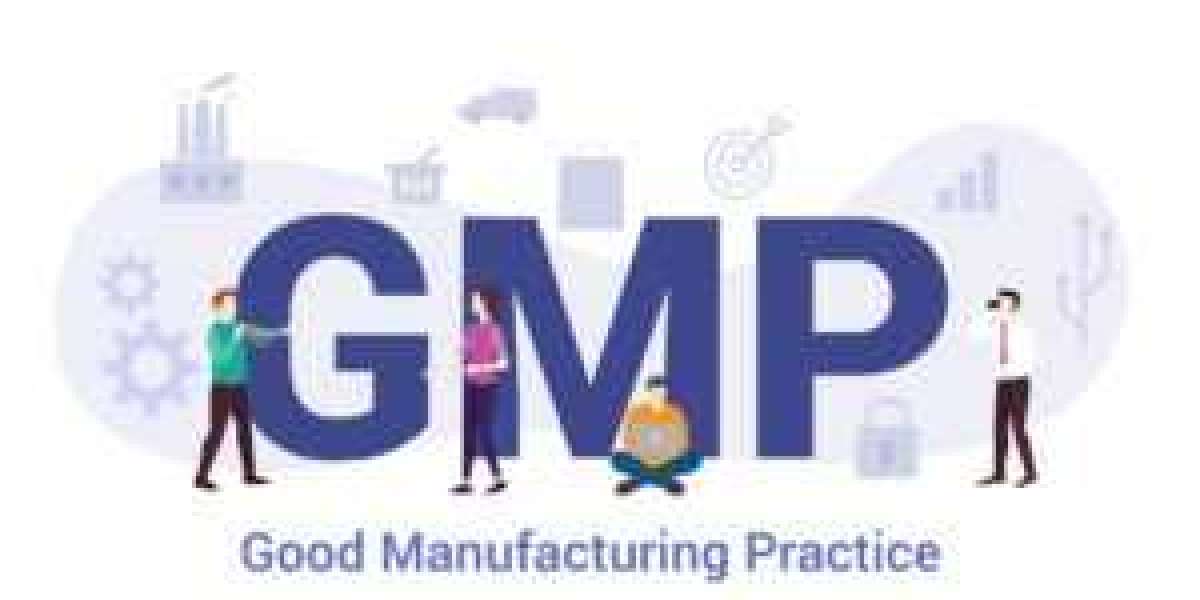In the realm of pharmaceuticals, ensuring product quality, safety, and compliance with regulatory standards is paramount. Current Good Manufacturing Practice (cGMP) training plays a pivotal role in achieving and maintaining these standards. This article delves into the key aspects of cGMP training, highlighting its importance and benefits.
What is cGMP?
cGMP, or Current Good Manufacturing Practice, is a set of regulations enforced by health authorities worldwide to guarantee the quality and safety of pharmaceutical and healthcare products. Adhering to cGMP standards is not only a regulatory requirement but also a fundamental commitment to producing high-quality and safe products for consumers.
The Role of cGMP Training
cGMP training is a structured educational program designed to familiarize employees with the principles, procedures, and guidelines outlined in cGMP regulations. It aims to cultivate a culture of compliance, where every individual involved in the manufacturing process understands and follows the established protocols.
Key Components of cGMP Training
Quality Standards Awareness: cGMP training instills a deep understanding of the quality standards set by regulatory bodies. Employees learn how their roles contribute to maintaining these standards throughout the manufacturing process.
Documentation and Record-Keeping: Accurate documentation is a cornerstone of cGMP compliance. Training programs emphasize the importance of maintaining detailed records to ensure traceability and facilitate audits.
Hygiene and Cleanliness: Maintaining a clean and hygienic environment is crucial in pharmaceutical manufacturing. cGMP training educates employees on the significance of personal hygiene, proper gowning, and maintaining clean production areas.
Risk Management: cGMP places a strong emphasis on risk management to identify, assess, and mitigate potential risks to product quality. Training programs guide employees in recognizing and addressing risks throughout the manufacturing lifecycle.
Continuous Improvement: cGMP training fosters a culture of continuous improvement. Employees are encouraged to identify areas for enhancement, participate in problem-solving, and contribute to the ongoing evolution of manufacturing processes.
Benefits of cGMP Training
Regulatory Compliance: One of the primary benefits of cGMP training is ensuring compliance with regulatory standards. Adhering to cGMP principles helps pharmaceutical companies meet the expectations of health authorities.
Enhanced Product Quality: Well-trained employees contribute to the production of high-quality pharmaceuticals. This not only meets regulatory requirements but also builds trust among consumers and stakeholders.
Reduced Risk of Defects: cGMP training equips employees with the skills to identify and mitigate potential risks during the manufacturing process. This proactive approach reduces the likelihood of defects and ensures a consistent product quality.
Efficient Problem Resolution: In the event of deviations or issues, trained personnel can efficiently identify and address problems. This capability is crucial for maintaining the integrity of the manufacturing process and ensuring product safety.
In conclusion, cGMP training is a cornerstone in the pharmaceutical industry, providing employees with the knowledge and skills needed to adhere to regulatory standards, maintain product quality, and foster a culture of continuous improvement. As the industry evolves, investing in comprehensive cGMP training remains essential for pharmaceutical companies committed to excellence and consumer safety.







